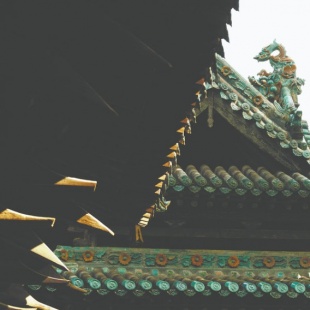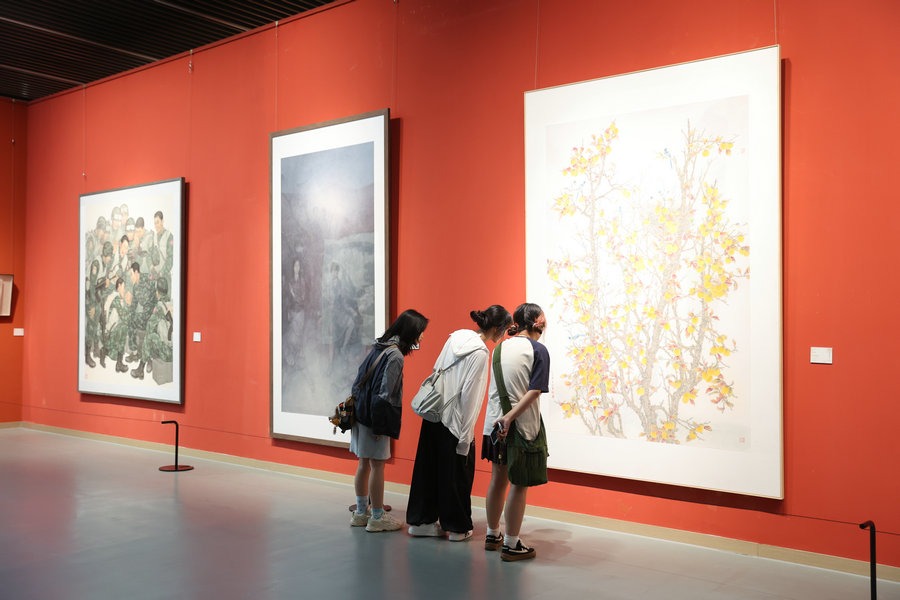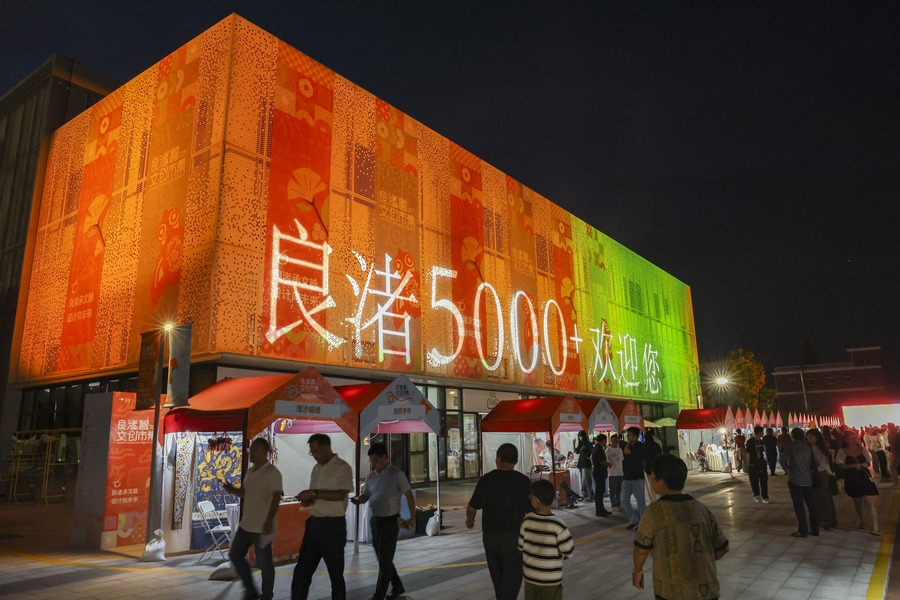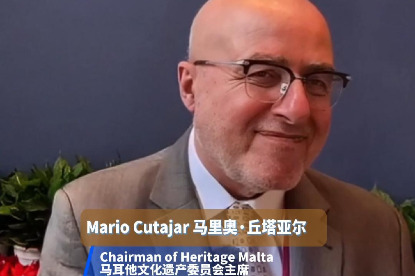Ancient heartbeat of a modern nation
Captivating architecture and stunning craftsmanship reveal Shanxi as a window into China's enduring soul, Michael Rhys Card reports in Taiyuan.

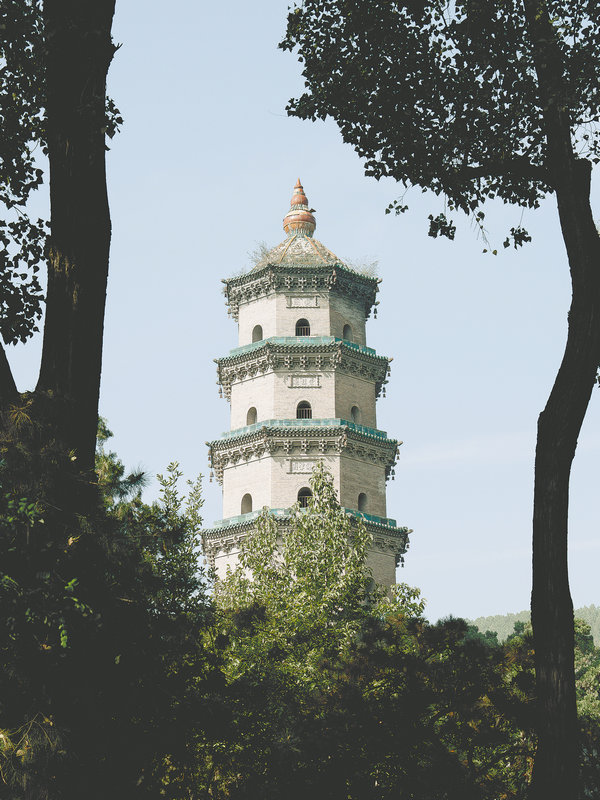
Across Shanxi, this connection between design and ethics is clear. Buildings were not only homes or workplaces but frameworks for living — architecture as education.
If one place captures Shanxi's spirit, it is Pingyao Ancient City. Unlike so many ancient sites where only fragments remain, Pingyao has survived whole — a complete Ming (1368-1644) and Qing city enclosed by 6-kilometer-long walls.
Walking through its gates feels like entering a living archive. Brick lanes curve between gray-tiled roofs, where families still run noodle shops and guesthouses within centuries-old courtyards. Lanterns hang from eaves, and the hum of daily life continues amid stone, wood and history.
From the city walls, Pingyao's grid unfurls in perfect symmetry, embodying the same cosmological order that guided imperial planning in Beijing — only here, it remains human-scaled. It's not a monument to power, but a model of community.


